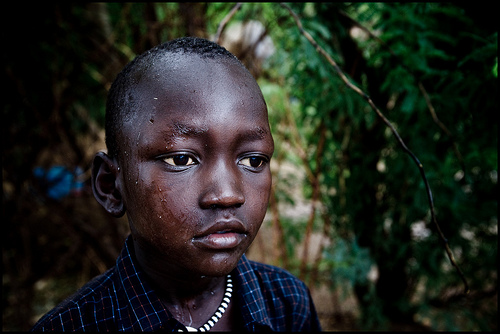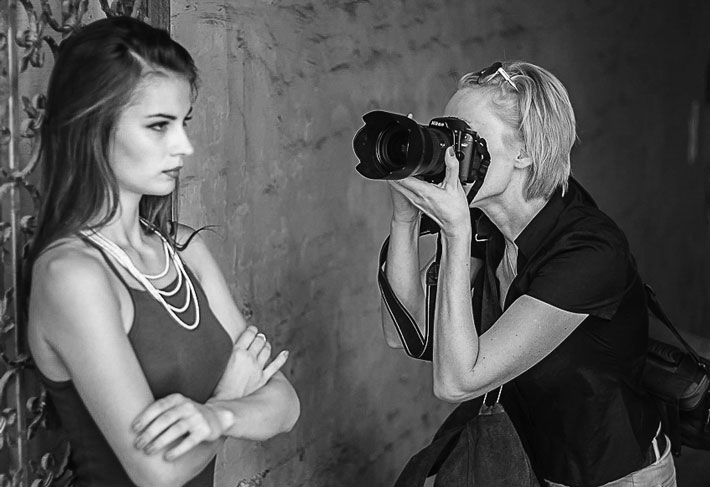ON THE WORK OF PHOTOGRAPHERS “MAGNUM”
 Do you understand that the most important thing in photography is your own unique vision? Then this article will undoubtedly be useful to you.
Do you understand that the most important thing in photography is your own unique vision? Then this article will undoubtedly be useful to you.
A bit of background
Magnum Agency is famous for gathering in its ranks dozens of talented documentary and creative photographers, people who certainly have something to learn.
This article will contain quotes and illustrations from the book Magnum Contact Sheets, accompanied by some conclusions of the author of the original of this article, the street photographer Eric Kim, about photography. Regardless of how much your views coincide with what is described here, this material will help you draw your own conclusions.
A contact sheet is a series of consecutive frames printed directly from a film. He talks a lot about the unique workflow of a particular photographer, allows him to follow his approach to a particular scene, starting with the first frame that the photographer took when he saw it.
In the era of film photography, contact lists were used to quickly assess a photographer’s footage. Today, for these purposes, we use, for example, Lightroom.
What is the peculiarity of contact sheets and why is it so difficult to get them?
As mentioned above, the contact list of a particular photographer allows you to evaluate his own, unique method of work. Carefully studying this heritage, you can make important conclusions about the photos.
The contact list is the photographer’s personal diary, and not all photographers want it to become public.
For example, Henri Cartier-Bresson cut the negatives of his first films, leaving only individual shots or series of shots that he considered successful, and generally negative attitude to the demonstration of contact sheets to the public:
“There are a lot of unfinished thoughts on the contact list. A photo exhibition or book is an invitation to dinner. It is not customary to invite guests to the kitchen and show them how the dish was prepared, and even more so, to show them the waste bin. ”
But his wife, a talented photographer Martina Frank, writes about this:
“I have some concern about the publication of my contact lists, but if I think about it, I’m very curious to see how other photographers work. It is unlikely that anyone would want to expose all the innermost thoughts that are customary to trust except to the psychoanalyst, and the contact list does not spare either the viewer or the photographer. I feel that by breaking my own privacy and publishing the most personal, I risk exposing the magic, uncovering some secret. ”
So, what conclusions about photography can be made by studying the contact lists of the best photographers in the world?
Disappointment is familiar even to the classics.
Street photography and genre photography are very complex. In these areas, photography with perfect harmony between content and form is a rarity. Not surprisingly, the photographer often has to be disappointed about this.
Nevertheless, this feeling haunts not only ordinary photographers, but also classics. Here is what Elliott Erwitt and David Alan Harvey write about their disappointments:
Elliott Erwitt:
“I often get frustrated when I look at contact prints. Expectations are always high, but rarely come true. ”
David Alan Harvey:
“I hate choosing photos. I always put it off. I just know that my own expectations will not be met. ”
Thus, the photographer needs to soberly evaluate their efforts. One excellent or good photo per month and oneis already a good result (of course, different people have different criteria for good and excellent).
Robert Frank shot 767 films (about 27,000 frames) for Americans. Frank chose 1,000 photographs and laid them out on the studio floor to evaluate. Over time, he chose the best work and attached them to the wall. After one and a half years of work on the project, Frank chose only 83 works for the whole book. This is 0.3 percent of the total number of photos taken for the book.
Previously, the agency “Magnum” was decided to consider the candidacy of the photographer for the entry is not on the best work, but on the contact lists. This method was used almost until 2000, when digital photography began to rapidly occupy the market.
One of the editors of “Magnum” acknowledged that in this way it was possible to evaluate the photographer’s way of thinking and the style of his work.




